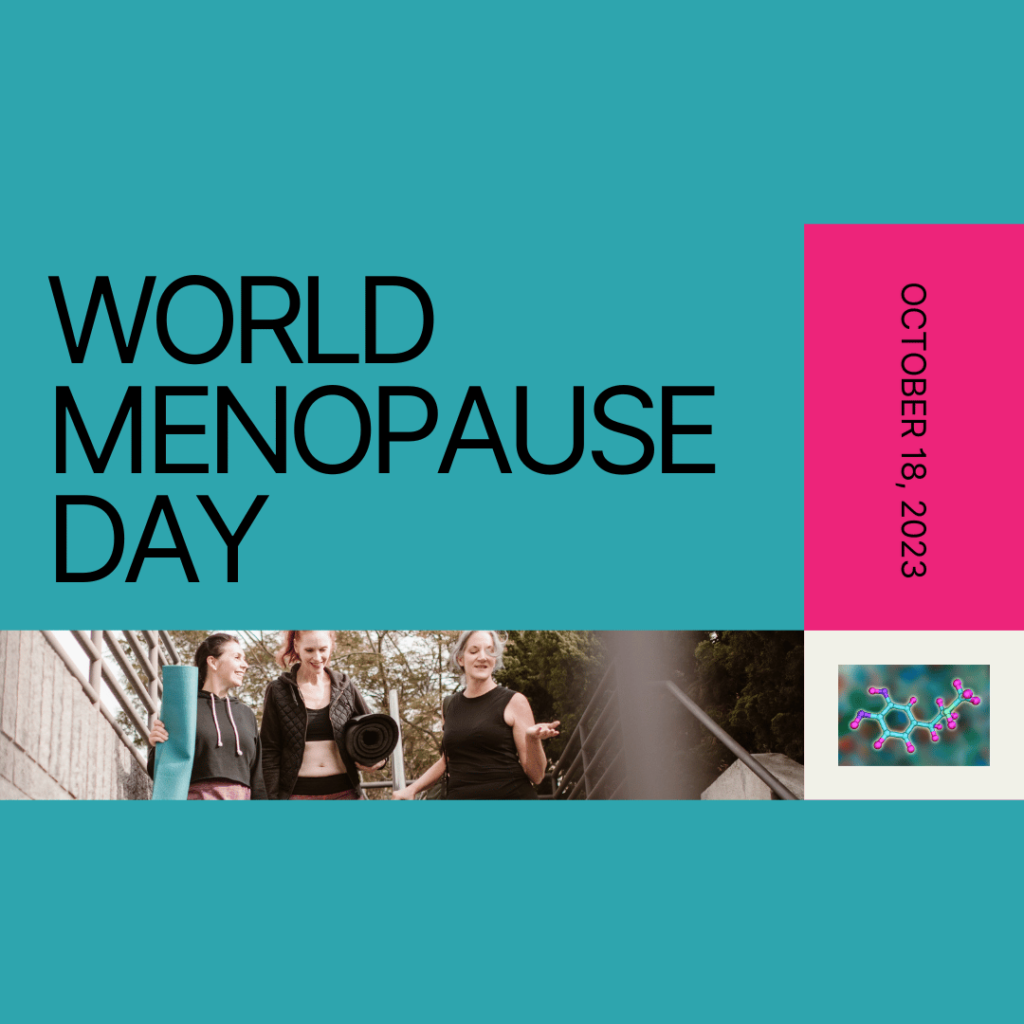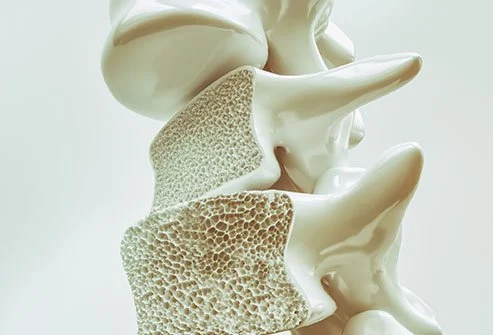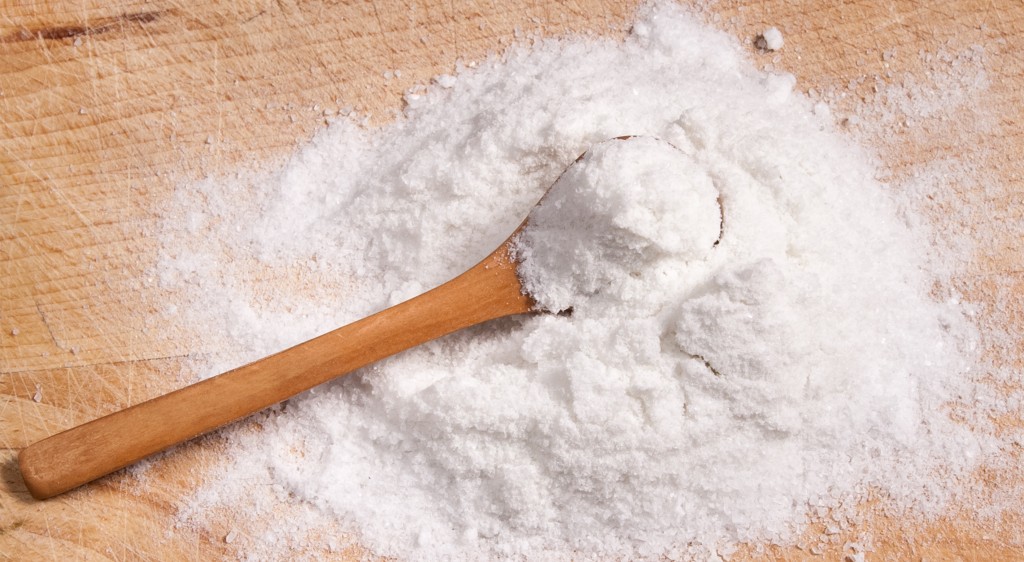Unlocking the Secrets of Perimenopause and Beyond with Diet and Nutrition

Discover expert insights from renowned Dietitian Gillian Killiner. Learn how diet and nutrition empower women during perimenopause and beyond. Diet and Nutrition: Your Best Allies in Perimenopause and Beyond It’s crucial to recognize the profound impact that diet and nutrition can have on a woman’s journey through perimenopause and the years that follow. Who better to shed light on this topic than Gillian Killiner, a globally respected dietitian, who at 50 + yrs with an autoimmune disease, stands as a testament to the power of a personalised approach? Why Does Diet Matter During Perimenopause and Menopause? Perimenopause, is the term used for the transitional phase before menopause. This for many women comes with a suckerpunch of challenges such as hormonal fluctuations, weight gain, low mood and increased risk of osteoporosis. Definately honing in on a well-balanced diet can significantly assist these symptoms and promote overall physical and mental well-being, but this is just one of several areas that may need to be revisited and tweaked or indeed overhauled and this is something that we offer as part of our programmes to our patients @ 121 Dietitian. As many ladies find out, no one diet suits all, so we design programmes to ensure they work with each individual with their specific needs. Understanding the Science Behind Perimenopause Challenges Perimenopause is a natural biological process that every woman goes through as she approaches the end of her reproductive years. This phase, typically starting in a woman’s mid-40s, but can be earlier than this. If much earlier than this is different and called premature ovarian failure. Perimenopause is characterized by a series of hormonal fluctuations as the body gradually ceases to produce eggs for fertilization so reproduction stops. These hormonal changes, bring about a host of challenges that need to be accepted and suitably addressed. 1. Hormonal Fluctuations: Estrogen, is one of the primary female sex hormones, and plays a pivotal role in regulating the menstrual cycle and maintaining reproductive health. It is the most talked about and promoted hormone at this stage of life. Interestingly during perimenopause, progesterone declines before oestrogen starts to fluctuate, and this is an extremely important part of the hormonal picture often overlooked. From years of researching and teaching about menopuase and diet Gillian is always astounded at how other hormones including progesterone and testosterone are left out or not considered when checking in with women, blood levels and their symptoms, oestrogen the focus hormone and the following areas selected below highlight this. 2. Weight Gain in Menopause: Weight gain is a common concern during perimenopause and can be attributed to several factors, including hormonal changes, decreased metabolism, and lifestyle shifts. Again in the literatue the focus is on Estrogen, and how it is influences body composition and fat distribution. “As estrogen levels decline, women may experience an increase in abdominal fat. A study published in Obstetrics & Gynecology 2 delved into the hormonal mechanisms affecting body composition during perimenopause, emphasizing the significance of a healthy lifestyle, including diet and exercise, in managing weight gain”. Nothing about how progesterone actually assisting metabolic function, mood, sleep and menopausal weight gain. 3. Increased Risk of Osteoporosis in Menopause: Another Estrogen focus is on bone health and how it is essential for maintaining bone density and strength. “During perimenopause, the reduction in estrogen levels can accelerate bone loss, leading to osteoporosis—a condition characterized by fragile and porous bones. Research studies, such as those published in the Journal of Bone and Mineral Research 3, have extensively investigated the link between estrogen deficiency and osteoporosis, emphasizing the importance of adequate calcium intake, vitamin D supplementation, and weight-bearing exercises to support bone health during and after perimenopause”. No mention of Progesterone when we know Progesterone, can promote the production of osteoblasts which are required to effect new bone formation. Natural progesterone has been shown to stimulate osteoblast-mediated new bone formation which is required to prevent and reverse osteoporosis Here is a video on osteoporosis you might find helpful. Gillian is passionate on getting the correct information to her patients and for the past 15 years been highlighting the need to address more than just oestrogen depletion. In fact she helps 100’s of women each year with hormonal issues including, cortisol, testosterone, insulin resistance, oestrogen dominance and more. Understanding these physiological changes at a scientific level underscores the critical need for proactive measures to support women’s health during perimenopause, menopause and after. This blog has only scratched the surface. A balanced lifestyle and a diet rich in essential nutrients, along with regular physical activity, not only alleviates these challenges but also ensures women can embrace this natural life transition with confidence and vitality. By leveraging the insights provided by scientific research, women can make informed choices about their diet and lifestyle, ensuring a smoother journey through perimenopause and beyond. Something that our mothers and grandmothers didn’t have the luxury of. Gillian Killiner’s Top Expert Tips: FAQs About Diet and Perimenopause: Q1: Can diet really impact menopausal symptoms? A1: Absolutely! A balanced diet can help manage weight, reduce hot flashes, and support emotional well-being during this phase. Q2: Are there specific foods to avoid during perimenopause? A2: Limit caffeine, alcohol, and super spicy foods as they can trigger hot flashes and disturb sleep, subtle spices can be antinflammatory. Q3: Is exercise important alongside a balanced diet? A3: Yes, regular exercise complements a healthy diet, enhancing overall fitness, builds muscle, bone health, reduces fat and enhances mood stability. The Importance of Nutrition Beyond Menopause: With aging, the body’s nutritional requirements evolve however we should allow Menopause to mark the beginning of a new chapter. It can be scary for all women. Gillian Killiner -” for me in my 50’s with no functioning thyroid and a very busy and hectic life, I am seeing the start of physical changes that I will monitor and maybe update you on! So far I have not changed in clothes size from size 8 since I was age 18 so for
OSTEOPOROSIS – PREVENT AND REVERSE with DIET & LIFESTYLE TOP TIPS

Reverse Osteoporosis Through Diet Osteoporosis is a silent but prevalent disease that affects millions of people worldwide. In this blog post, l explore the critical aspects of osteoporosis prevention and reversal through diet and lifestyle changes. Join me, Gillian Killiner, a world renowned registered dietitian with over 26 years of experience, as we delve into this essential topic that impacts the lives of millions. Understanding Osteoporosis Osteoporosis is a condition characterized by the thinning of bones, resulting in reduced bone density. Our bones consist of a matrix that resembles a honeycomb, and they need to be strong and flexible to support our bodies effectively. Most people will reach their peak bone mass between the ages of 25 and 30. By the time we reach age 40, we slowly begin to lose bone mass. However, various factors, including genetics, medications, lifestyle choices, menopause and aging, can lead to a decrease in bone density. The Role of Bone Cells Two types of cells primarily regulate our bone health: osteoclasts, responsible for breaking down bone tissue, and osteoblasts, which build new bone tissue. As we age, osteoclasts often outperform osteoblasts, leading to less stable and less dense bones, making them more prone to fractures. Lifestyle Changes for Stronger Bones In the UK over 3 million people are estimated to have osteoporosis and there are estimated to be over 500,000 fragility fractures that occur in the UK each year. This does not have to be the case. Ensuring proper bone health involves making important lifestyle changes. We know it can be challenging in our modern world, as it is not highly conducive to maintaining strong bones. But we all need to act. The figures are rising as more and more people are developing poor bone health at a younger age. Below are a few key factors to consider: 1. Exercise to prevent Osteoporosis It is SO easy to not get regular physical activity. We need to be active every day, and as we get older (30+) focusing especially on weight-bearing exercises and weight lifting, as these play a pivotal role in maintaining bone density. For years, cardio workouts were the go-to for fitness, but research has highlighted the importance of weight-bearing exercises, especially for women. Just 30 mins per day is a good way to keep bones happy. 2. Alcohol Consumption While moderate alcohol consumption may offer some health benefits, excessive and regular drinking can negatively impact bone health. It reduces calcium stores, affecting calcium balance and weakening bones. Furthermore, frequent intake alcohol can also impair the production of vitamin D in the body. Vitamin D is essential for proper calcium absorption and utilization by bones. When vitamin D levels are inadequate due to excessive drinking, it further contributes to the negative impact on bone health and when alcohol is consumed in excess of food it can replace essential nutrients in your diet, further jeopardizing bone density. 3. Caffeine Intake Who doesn’t love a Tea or Coffee! Caffeine is prevalent in various every day beverages and foods, including energy drinks, and desserts. Caffiene in safe amounts can keep you focused and helpful for stimulating your brain, muscles and bowel. However when we consume too much caffeine, it can interfere with our body’s ability to absorb calcium properly. High levels of caffeine lead to increased urinary calcium excretion, meaning that more calcium is being excreted out of the body through urine instead of being absorbed and utilized by our bones and muscles. Over time, this disruption in calcium balance, caused by excessive caffeine intake, can have detrimental effects on our long-term muscle and bone health. Inadequate levels of calcium can weaken bones and increase the risk of fractures or osteoporosis. Additionally, insufficient calcium availability for muscles may lead to decreased muscle strength and endurance. 4. Sodium (Salt) Consumption Salt is a common ingredient in many processed and hidden foods. Consuming a diet rich in processed foods, takeaways, and fast food can lead to excessive salt intake. Calcium homeostasis is essential for maintaining healthy bones and overall bodily functions. The body tightly regulates calcium levels through a complex interplay between various hormones and organs. However, excessive salt intake can disrupt this delicate balance. Research suggests that high salt intake can stimulate the secretion of PTH from the parathyroid glands. PTH acts on the bones to release stored calcium into the bloodstream, thereby increasing blood calcium levels. This process is known as bone resorption or turnover. When bone turnover is increased due to elevated PTH levels, it can lead to accelerated bone loss over time. This puts individuals at a higher risk of developing osteoporosis or other related bone disorders. Moreover, it may also contribute to an increased risk of fractures. Nutrients for Strong Bones I have for the past 15+ years been helping patients improve their bone health, osteopenia and osteoporosis. Recent research reassures us that it may be possible to rebuild bone density and achieve osteoporosis reversal through a combination of lifestyle changes, such as exercise and diet, and medical interventions. Menopause can be a time when bone decline accelerates and a diagnosis of osteoporosis can be a shock. I see many many ladies very upset and worried. There is much to do at this time so if you are reading this saying this is me – be positive and start making changes today. To ensure your bones stay strong and healthy, consider incorporating the following nutrients into your diet: 1. Calcium Calcium is a fundamental building block for bones, constituting 99% of bone mineral. Dairy products like yogurt, cheese, and milk are excellent sources of calcium. However, plant-based options such as tofu, tempeh, green vegetables, seeds, and nuts also provide this essential nutrient. 2. Vitamin D Vitamin D is essential for calcium absorption into the bones. In regions with limited sunlight exposure, supplements may be necessary to meet your vitamin D requirements. You can also find vitamin D in oily fish, eggs, and certain mushrooms. 3. Zinc Zinc, crucial for immune function, also plays
Salt – Sea salt & rock salt -healthier options?

What is salt? Have you ever considered certain salt e.g Sea Salt or Rock Salt, may be better for you than others? At 121 dietitian we have been asked this very question. So you can see why we came to our conclusion we have provided some background info first. What is salt made from? Salt is made up of two minerals (sodium & chlorine). Sodium naturally occurs in many plant and animal foods but for most of us it is the salt in our diets which is our main source of sodium. 1g of sodium is the equivalent to 2.55g of salt. If you see sodium on a food table the easiest way to decide how much salt the food contains is to multiply the sodium by 2.5. Sodium x 2.5 = Salt in grams Why do we use salt? Salt is used in cooking to add flavour to foods, boost the flavour of other ingredients and to act as a preservative. Most of the salt we eat comes from pre-prepared foods (75%) rather than the salt we add at the table. Sea salt, rock salt or table salt is there a difference & which is better? Sea salt, rock salt and table salt all contain around 100% sodium chloride which means that too much of any of them will have a negative effect on your health. However rock salt & sea salt are often marketed as being a healthier or tastier option than table salt. Both are considerably more expensive than table salt. Sea salt is produced by the evaporation of sea water. It is argued that sea salt contains more minerals than table salt so is better for your health. However, just because it may contain extra minerals does not mean it is good for you. It would better to get these minerals from a balanced diet containing lots of fruit and vegetables than to consider sea salt as a healthy food. Rock salt is also known as halite. It is different to sea salt because it is already found in a solid form and then mined. Table salt (refined salt) can also be produced from solid salt which is found underground and then refined to remove any impurities. When the salt is being refined minerals such as calcium and potassium are often considered as impurities and so are removed in the refining process. Since 75% of the salt we eat is already in the foods we buy and no salt is a “healthy” option, we here @ 121 Dietitian suggest the cheapest and best decision you can make is to not add any extra salt at all. Instead try experimenting with other flavours such as herbs, spices, garlic, chillies, lemon & ginger. Which foods contain high levels of salt? We mentioned that 75% of the salt we consume is already in the foods we buy. Foods which often have a high salt level include bacon, cheeses, ready-made stocks, soy sauce, tomato ketchup, mustard, ham and ready-made sauces. Try to limit how often you use these products and where possible choose the reduced salt options. You can also use nutrition labels to compare salt content when no reduced salt options are available. What are the health effects of salt? In the body sodium is actually essential, it is required to maintain fluid balance and for nerve signalling. Despite this, as a nation we needn’t worry about deficiency. It is recommended that adults have no more than 6g salt per day. But the average intake shown in the last national diet & nutrition survey was 8.6g per day (with many people consuming more than this). Really all we need to maintain our health is only around 1g of salt (a pinch). Getting too much salt can be bad for our health. High intakes of salt are linked to increased blood pressure, which in turn can increase the risk of stroke and heart disease. Salt has also been linked to other conditions including osteoporosis, stomach cancer, kidney disease, kidney stones and obesity. It may also exacerbate the symptoms of asthma, Alzheimer’s and Diabetes. How much salt is too much? Recommended maximum salt intakes Age Maximum Salt Intake 0-6 months Less than 1g / day 6-12 months 1g / day 1-3 years 2g / day 4-6 years 3g / day 7-10 years 5g / day 11 years and above 6g / day If you found this article interesting you can find more information on the Action Salt website www.actionsalt.org.uk or chat to us @ 121 Dietitian: info@121dietitian.com Make sure you have the correct nutritious foods to get you off to a great start. Check out the 121Dietitian Shop Please visit my YouTube Channel. If you have enjoyed this blog we would love you to share this with your family and friends on your social media channels. Instagram Facebook Youtube X-twitter Linkedin